Tom's Guide Verdict
The Turtle Beach Elite Pro 2's handful of unique features still aren't enough to help it dominate in a crowded field.
Pros
- +
Great sound
- +
Comfortable fit
- +
Attractive design
Cons
- -
Amp doesn't do much
- -
Too expensive
- -
Many features dependent on buggy software
Why you can trust Tom's Guide
A gaming headset, at bare minimum, needs to provide good sound and a comfortable fit. The Turtle Beach Elite Pro 2 ($250) succeeds on both counts, but somehow, it doesn't feel quite equal to the sum of its parts. Maybe it's the steep cost of entry, or the elaborate daisy chain of wires or the cumbersome software, but there's a definite sense that the Elite Pro 2 should be able to do more than it does — or, at least, it should be able to do more without quite so much effort.
If you swear by wired setups (and don't have a small child or animal that's prone to tripping over cords) and favor one console enormously, the Elite Pro 2 might fit your gaming habits. But with so many comparable (or better) headsets — both wired and wireless — available for around the same price, the Elite Pro 2's handful of unique features still aren't enough to help it dominate in a crowded field.
Design
Judged solely on the headset, the Elite Pro 2 is a thing of beauty. The physical design is identical to theTurtle Beach Elite Atlas, the Elite Pro 2's PC-centric cousin. That means you get the same elastic/steel hybrid headband design along with plush ear cups, removable speaker plates and plenty of notches to find your ideal fit. You can also create small channels in the ear cups to accommodate your glasses with Turtle Beach's novel ProSpecs technology. So far, so good.
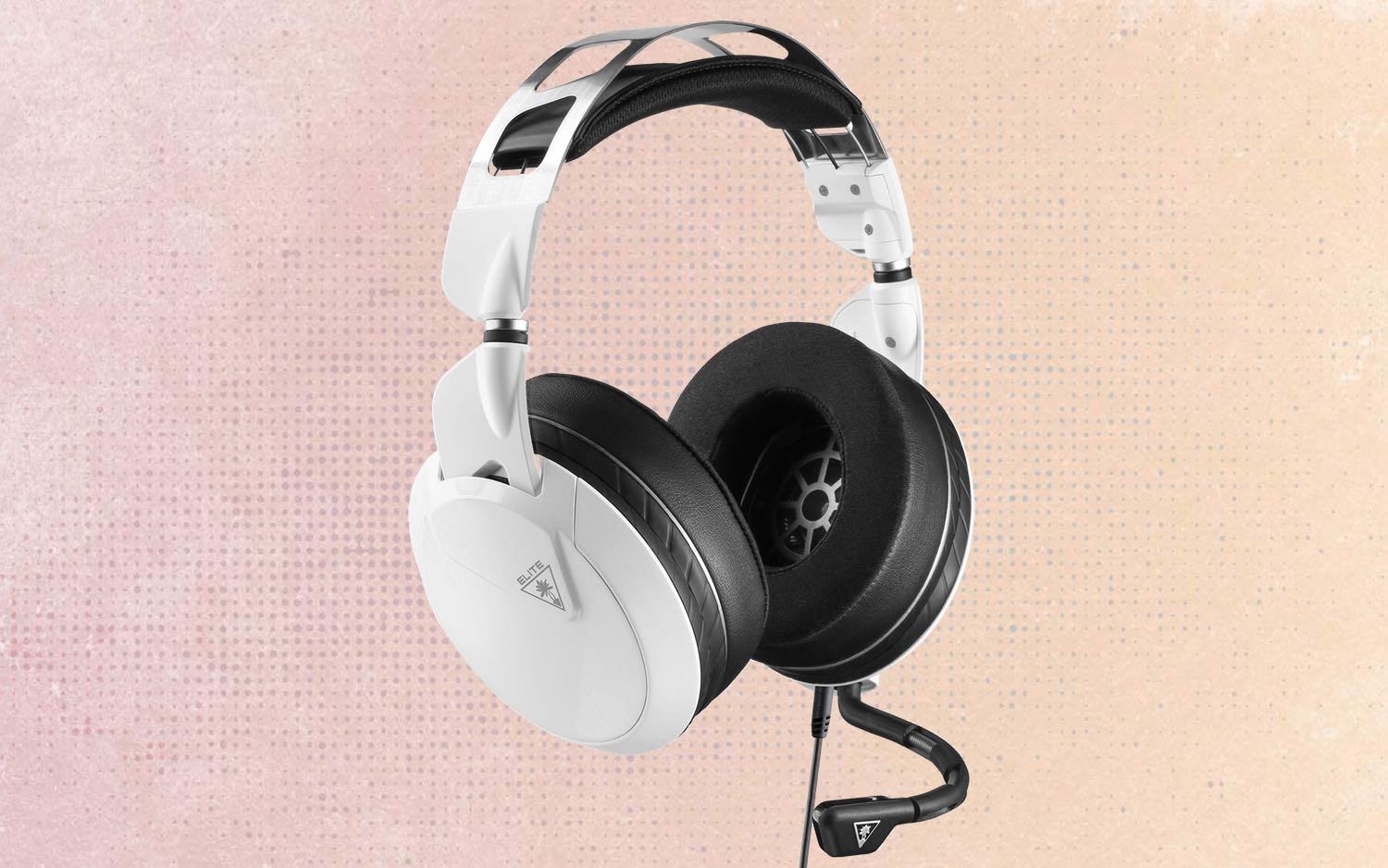
The headset also features a detachable boom mic, a detachable 3.5-millimeter audio cable and a mic mute button halfway down said cable. My only issue here was that it's mislabeled — and that's fairly important.
One side of the cable has a small jack, for use with the headset, while the other side has a large jack, for use with the amp. My model came with a sticker on the amp end that said "connect this end to headset." Naturally, this led to quite a bit of confusion. I've contacted Turtle Beach to find out if this is a common production error, but while it's not the end of the world, it's also indicative of the Elite Pro 2's mishmash feel.
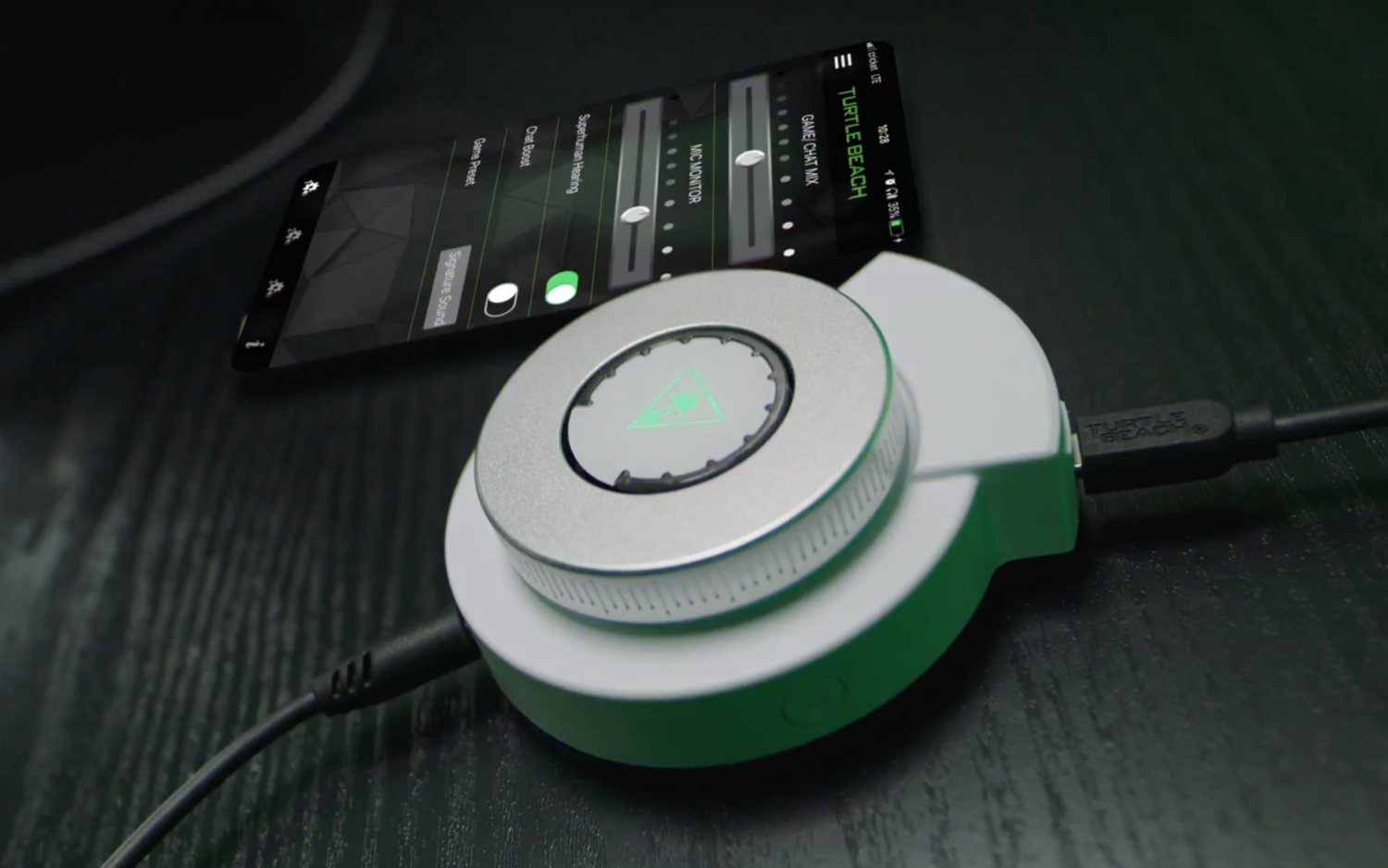
While the headset itself is quite good, things start getting dodgy around the amp. The Elite Pro 2's unique selling point is a circular amp that lets you control a game's volume without having to feel around for a tiny dial or reach for your remote control. That's good. But the trade-off is not really worth it.
Elite Pro 2's design is a thing of beauty.
To utilize the amp, you have to plug the headset into it, then connect the amp to your Xbox or PS4 with a long USB cord. The amp itself is big and solidly built, so it's probably not going to go anywhere. But I couldn't help but think that the long cord was a step backward. We ditched wired controllers more than a decade ago; we've allowed wired headsets to live on mostly because they easily plug into our controllers. You need to keep the amp close to your hand, so running a cord across the living room is your only option. It's about as cumbersome as it sounds, especially for such an expensive product.
MORE: The Best Nintendo Switch Accessories So Far
The amp itself is surprisingly plain: There's a silver dial around the edges that controls volume, a headset-in jack on the front, a headset-out jack and a micro USB connection on the back and a Bluetooth connectivity button on the side. I expected that you'd be able to control a lot of the Elite Pro 2's features through the amp rather than having to use software, but this isn't the case.
Comfort
Like the Elite Atlas, the Elite Pro 2 makes comfort its top priority. The over-the-ear cups are large and pliable, while the ProSpecs adjustment means that even the bespectacled among us can wear them for hours at a time with no ill effects. I wore the Elite Pro 2 for almost an entire day while I was gaming, watching TV and working, and had no real desire to take them off at any point.
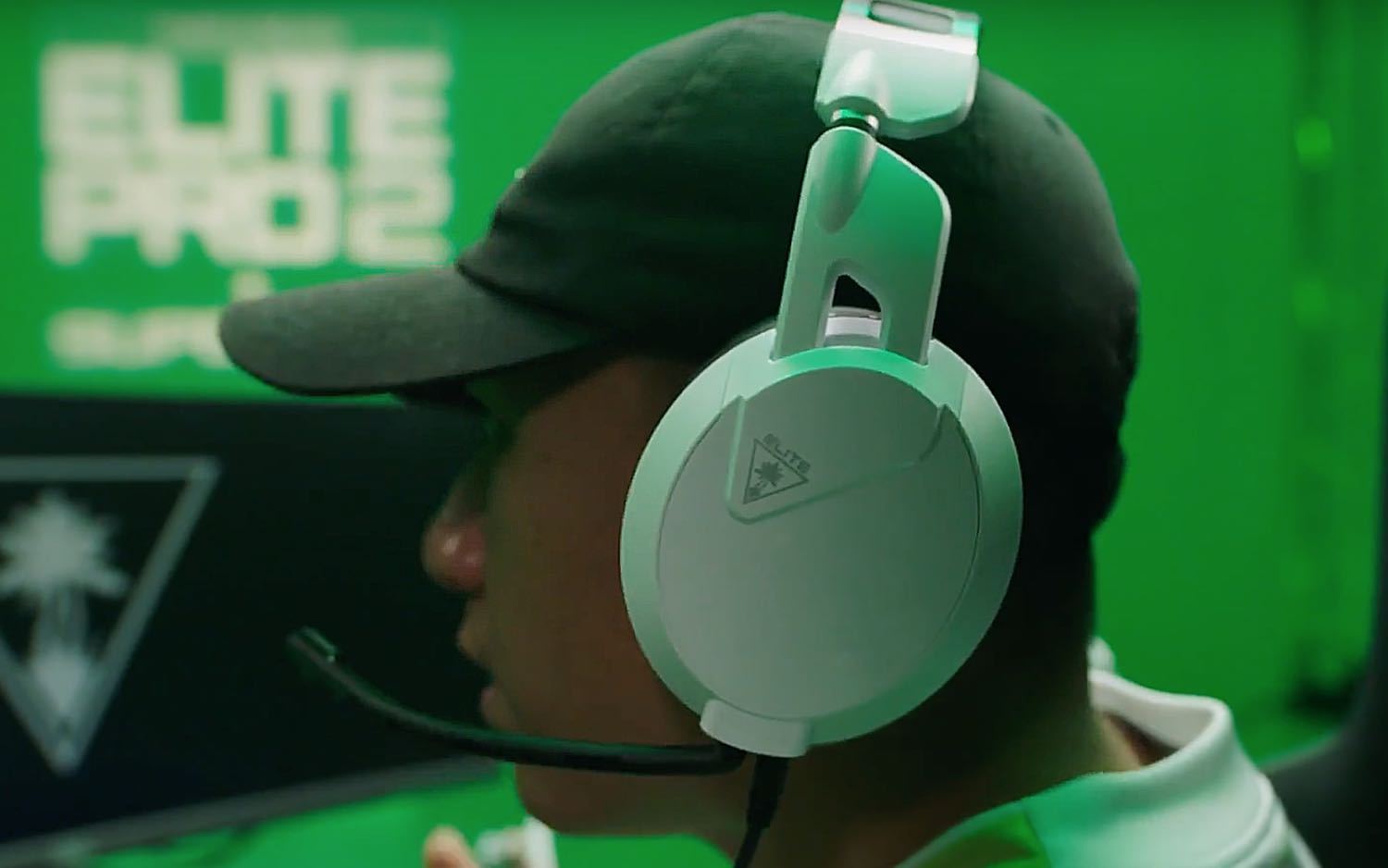
A co-worker who also wore the Elite Pro 2s for a while shared my evaluation. He said he liked how thick and plush the ear cups felt, and that the fit hadn't changed much since the similarly comfortable original Elite Pro.
Gaming Performance
I mostly tested the Xbox One variant of the Elite Pro 2, but the PS4 version is similarly comfortable, sonorous and easy to use. Once I wrangled the USB cable into place, I booted up Halo 3: ODST (thanks, backward compatibility!), Hellblade: Senua's Sacrifice, Dead Cells and Middle-earth: Shadow of War in order to test the Elite Pro 2's performance.
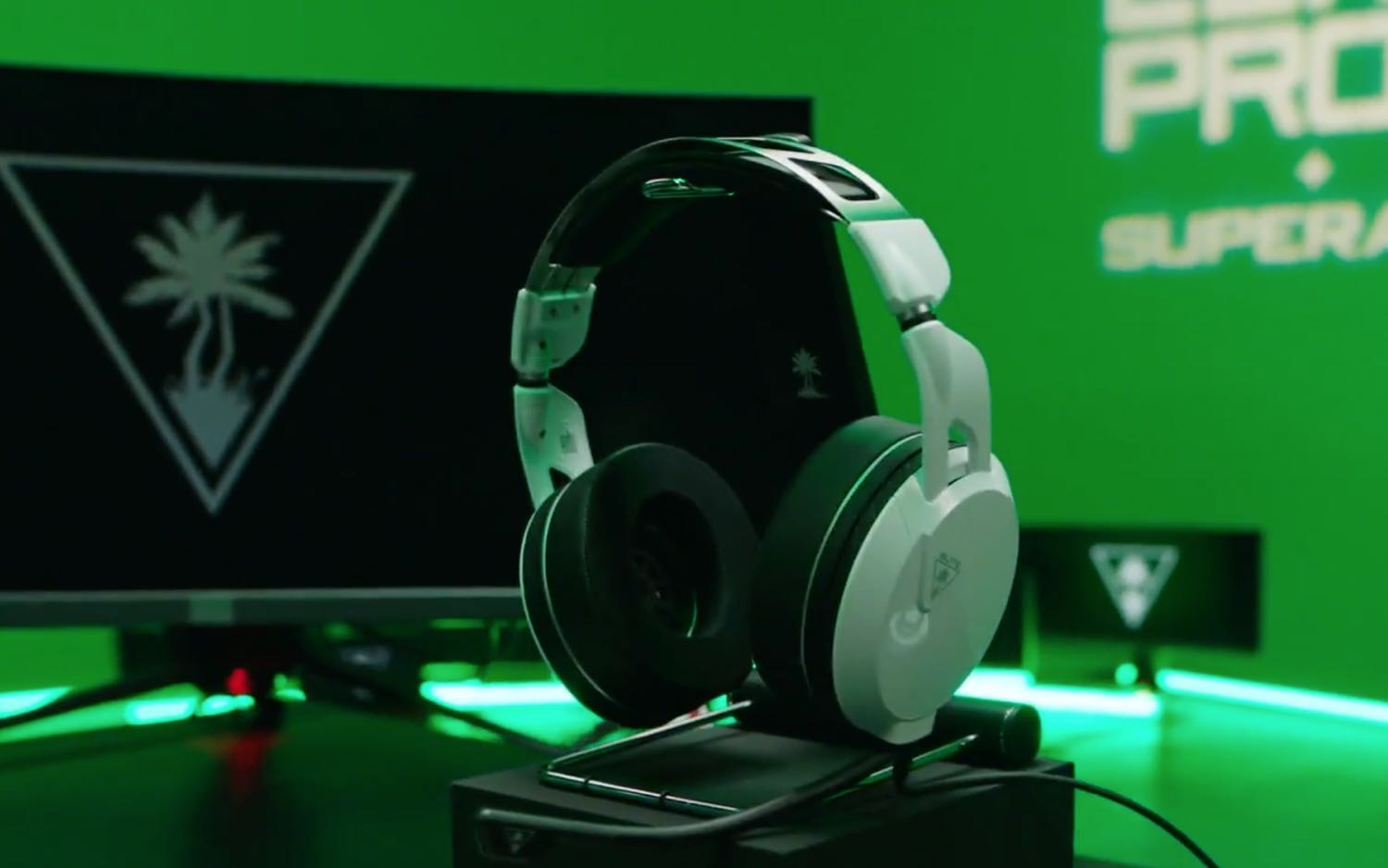
First off, it's worth noting that you can use the Elite Pro 2 in either stereo or Windows Sonic surround-sound modes, and both sound wonderful. The voice work, dialogue and sound effects in Shadow of War sounded rich and balanced; the directional sound in Halo helped me pinpoint where my enemies were. Dead Cells had a detailed, atmospheric soundscape; and the whispered voices coming from every which way in Hellblade were just another reminder of why it's so important to play the game with headphones.
The voice work, dialogue and sound effects in Shadow of War sounded rich and balanced; the directional sound in Halo helped me pinpoint where my enemies were.
My only complaint — somewhere between a minor annoyance and an actual impediment — was that the Elite Pro 2 is very quiet on most of its settings. In order to get an audible sound, I had to turn it up three-quarters of the way; to get something that was loud enough to be satisfying, I had to go two or three notches away from max volume. You can indeed get a few levels between "inaudible" and "blasting your eardrums out," but it's strange that the vast majority of the volume levels are almost too quiet to use.
Features
The amp is the defining feature of the Elite Pro 2. It's the reason why it costs $250, as opposed to the Elite Atlas' $100. And it's kind of nice to have a large volume dial within arm's reach. But after struggling to make the most of its full array of abilities, I'm not convinced it's significantly better than just having a small volume dial built into the ear cup.
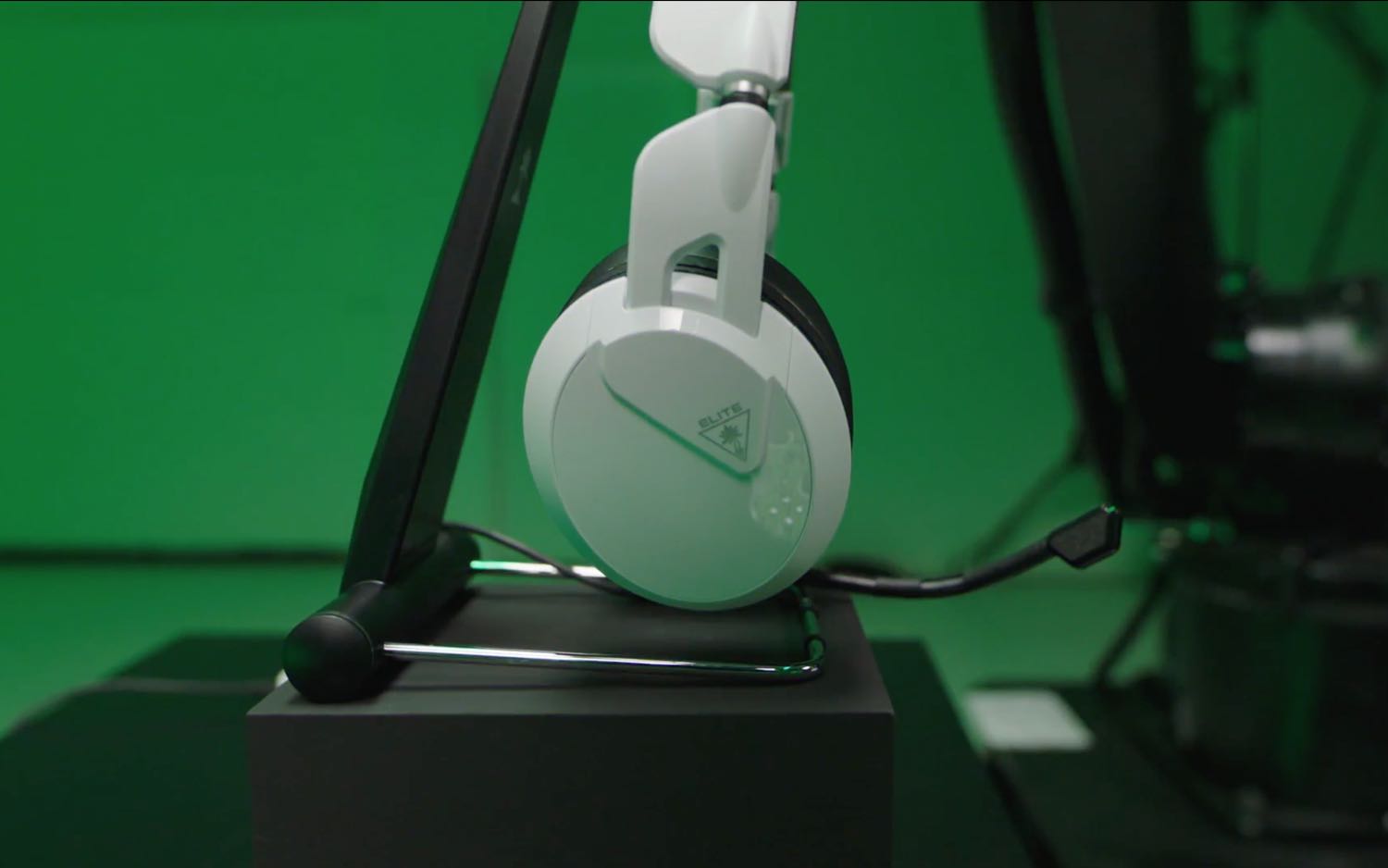
First off, as soon as you take the amp out of the box, you have to remove a sticker that instructs you to download the iOS or Android companion app. The Elite Pro 2 is optimized for a PS4 or Xbox One; having to use a mobile device to control most of its features seems counterintuitive. But it wasn't hard to find the Turtle Beach audio hub on the app store, or connect to the headset via Bluetooth, so I figured the worst was over.
But it wasn't quite that simple. The app informed me right away that a firmware update for the headset was available — and that I couldn't get it unless I installed the Turtle Beach Audio Hub on a PC. So I disassembled my setup, dragged it over to a PC and plugged it in. I downloaded the latest version of the Audio Hub directly from Turtle Beach's website — which then, inexplicably, needed another update before it could apply new firmware.
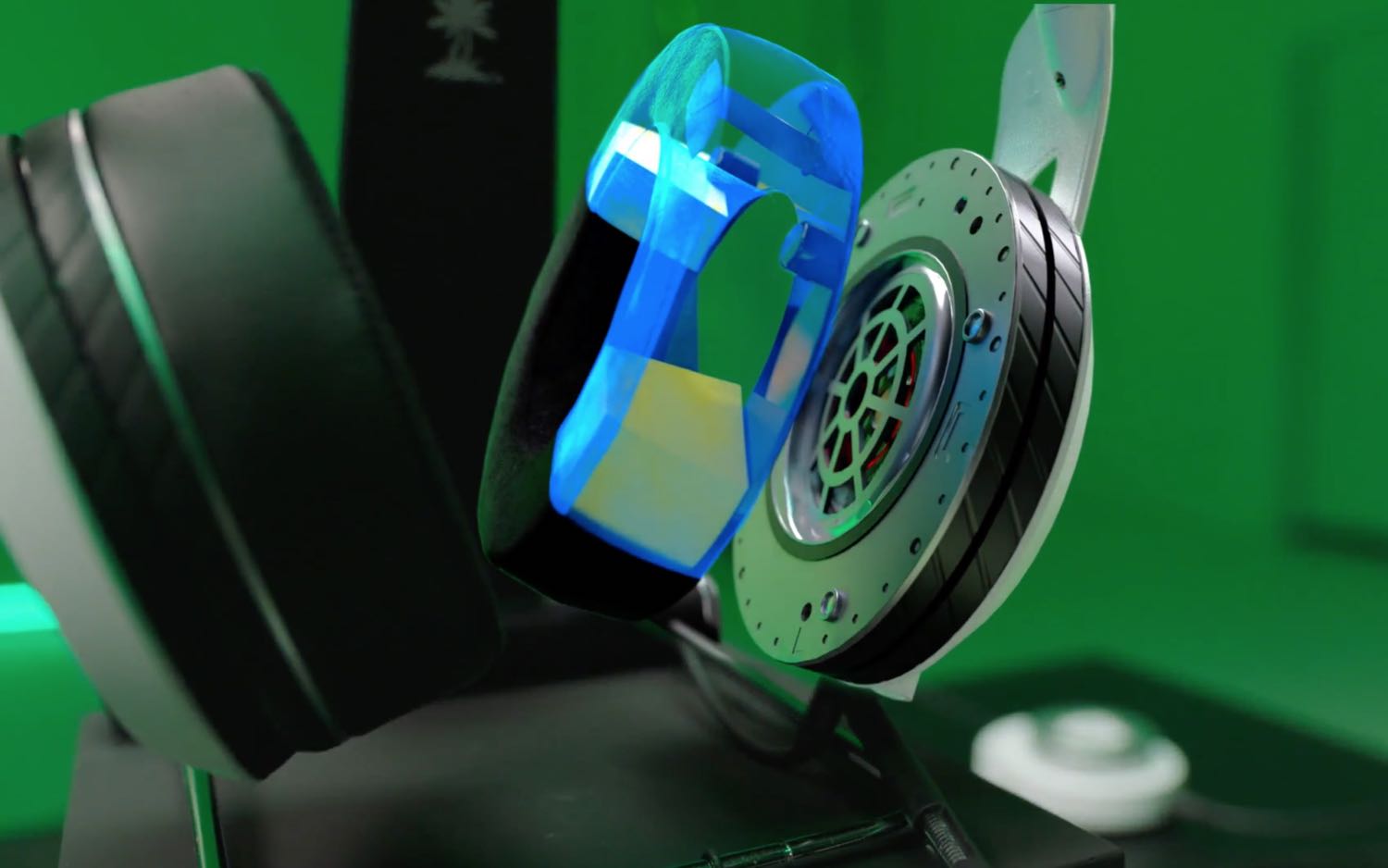
The Audio Hub software then proceeded to hang for about 6 hours before I gave up and tried another computer, with exactly the same results. I've now been through this process three times and am no closer to updating my firmware than I was to begin with. In fact, I can't use Audio Hub on a PC at all. I contacted Turtle Beach about this issue. The company provided a potential solution two days later, but the fix was unsuccessful.
The Elite Pro 2 is optimized for a PS4 or Xbox One; having to use a mobile device to control most of its features seems counterintuitive.
It's a good thing, then, that the Android version technically works (even if it keeps haranguing me about the firmware update), because there's a surprising amount of functionality hidden away in there. You need the app to adjust mic sidetone, chat mix, equalization profiles, the amp's LED lighting, streaming volume and just about everything else that's not directly related to game volume.
I would love the headset to have the ability to transfer some of these commands to the amp, but there doesn't seem to be any way to do it. The amp is essentially a $150 volume dial, and you have to use your phone for the rest. Compare and contrast with amps from models like the SteelSeries Arctis Pro, where the amp can do just about everything the app can do.
MORE: The Best Headsets for Immersive Gaming
Why Turtle Beach couldn't have programmed some of these functions into the amp, I don't know. The amp can also connect to your phone via Bluetooth, which is admittedly useful for taking calls or listening to music. But it still does surprisingly little for a gadget that's supposed to be the star attraction.
Music Performance
As with games, the Elite Pro 2 makes music sound great. I tested tracks from Flogging Molly, G.F. Handel, Old Crow Medicine Show and The Rolling Stones, and found that the headset performed well, regardless of genre. The balance favored treble just a little bit too much over bass, but considering how often gaming headsets blast bass for no good reason, I prefer the overcorrection. Since you can disconnect the headset from the amp, the Elite Pro 2 is even a perfectly viable choice for everyday listening, whether you keep it on a work desk or try to block out straphangers during a commute.
Bottom Line
There's no denying that the Elite Pro 2 succeeds in a big way at sound and comfort. But we've already seen that you can have just as much sound and comfort for $100 in the Elite Atlas – and you can even use it with the Xbox One and PS4, thanks to its 3.5-mm audio cable connectivity.
Instead, the Elite Pro 2 wants an additional $150 in order to fund a clunky amp and some questionably useful extra features. At that point, I would personally go for a cheaper wired model and plug it into my controller, or go the whole hog and get something like anAstro A50 ($300) orSteelSeries Arctis Pro Wireless ($330) and ditch the cables altogether.
If you live and breathe PS4 and Xbox games, and don't consider an extra wire to be a major trip hazard, the Elite Pro 2 could be a good investment, particularly if you can find one on sale a few months down the line. But for the moment, it's too much money for too few substantial additions.
Credit: Turtle Beach
Marshall Honorof is a senior editor for Tom's Guide, overseeing the site's coverage of gaming hardware and software. He comes from a science writing background, having studied paleomammalogy, biological anthropology, and the history of science and technology. After hours, you can find him practicing taekwondo or doing deep dives on classic sci-fi.

